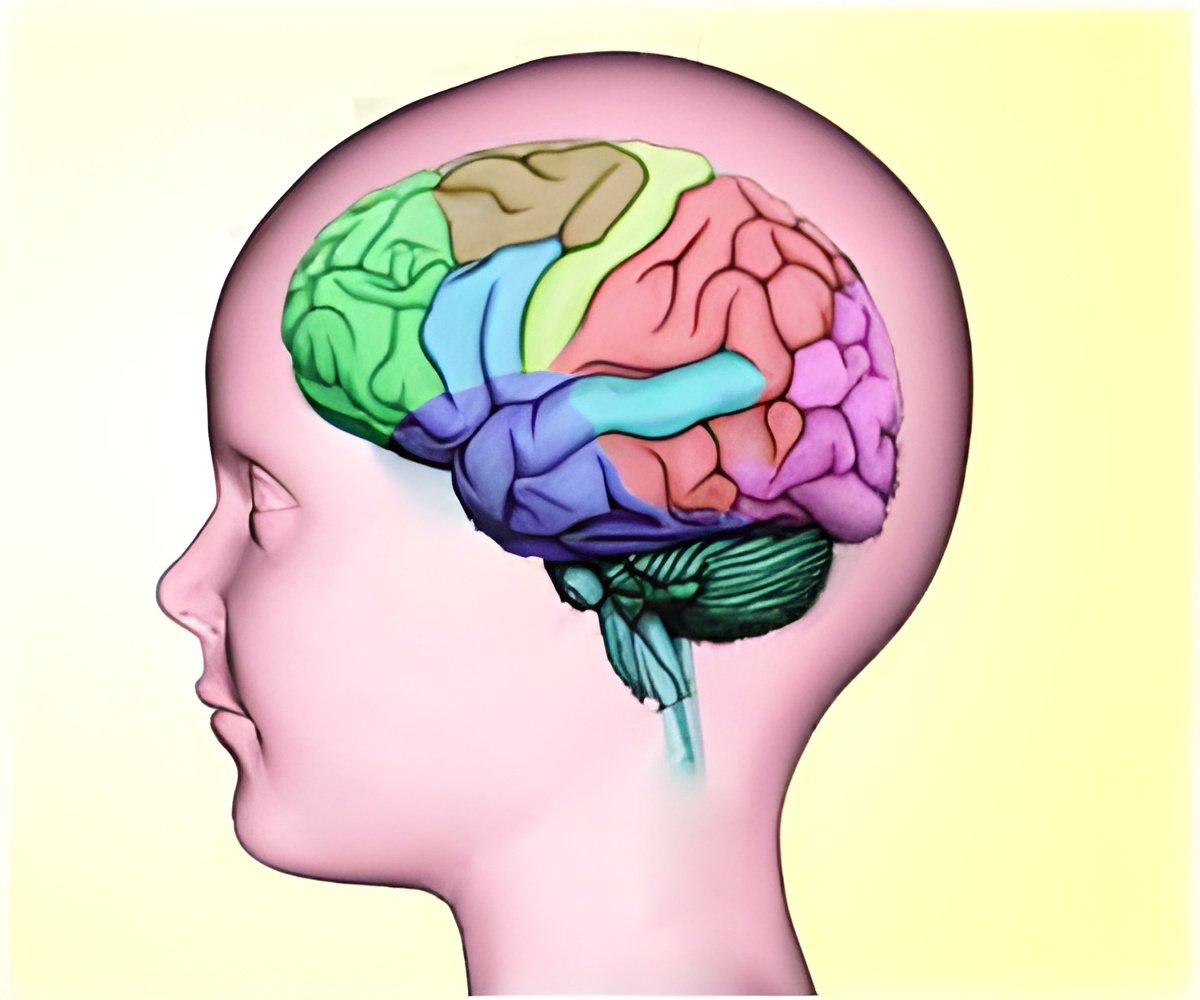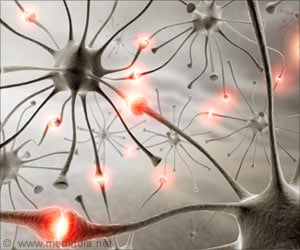Relationship between certain proteins and juvenile myoclonic epilepsy is seen in new structures discovered within cilia.

Richard Linck, Ph.D., professor in the College of Biological Sciences and the Medical School at the University of Minnesota, worked closely with a team to identify specialized ribbons of four protofilaments within the microtubules of cilia. The function of these ribbons had been elusive to researchers, but unlocking the function of these elements improves understanding of how they fit into the bigger picture.
Utilizing cryo-electron tomography and sea urchin sperm tails, researchers identified a single ribbon of four protofilaments in each microtubule, with each microtubule containing a single filament of the protein tektin. Despite the extremely high resolution and protofilament ribbon identifications, there is still a small zone of confusion where the filament meets the ribbon. Thus, it is remains unclear how the filament fits into the structure of the ribbon.
"This discovery may not seem like a giant leap, but it does help us answer some pretty major questions," said Linck. "This structural mapping, similar to taking apart an engine to understand the subcomponents, allows us to see inside cilia. We're getting the highest resolution on this structure to date and finding where the parts belong and how they contribute to the overall structure and function."
As part of the push for structural mapping, Linck and his research team applied biochemical analysis to the ribbon. In this assessment, several proteins have been localized to the ribbon, including tektin and two others casually associated with human disease, including juvenile myoclonic epilepsy.
It is still unclear if the cilia are directly involved in the cause of the epilepsy and other diseases, or if the relevant proteins function in other, non-ciliary ways to cause disease. However, the mapping itself begins to unlock those clues.
Advertisement
Source-Eurekalert











